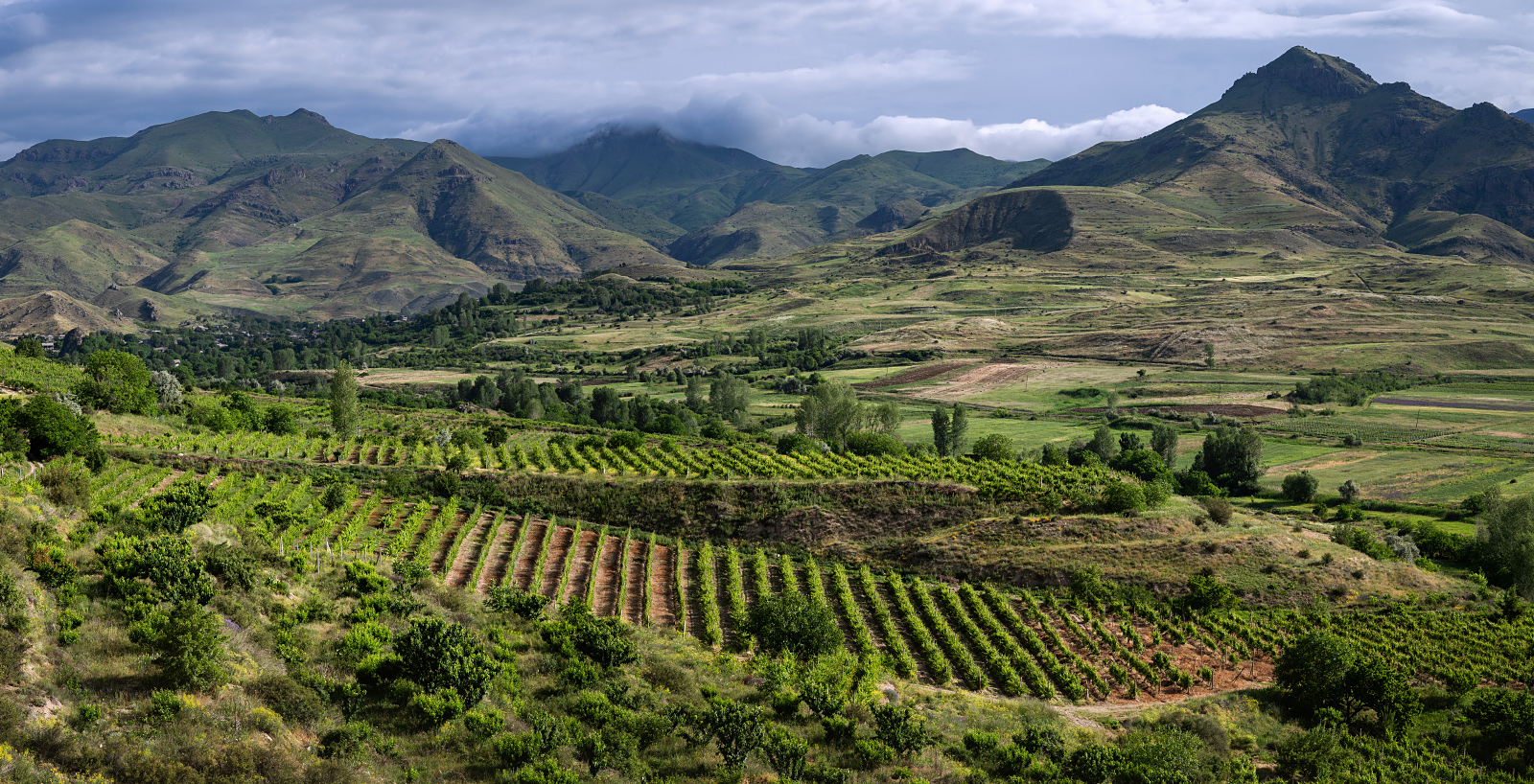

Host 2026: Yerevan (Armenia)
The Oldest Newest Wine Country
For the first time ever, Armenia has been selected to host the 33rd edition of the Concours Mondial de Bruxelles Red & White Wines Session.
Widely recognized as one of the world’s oldest winemaking regions, Armenia’s wine culture traces its roots back more than 6,000 years. Hosting this prestigious competition in Armenia is, in many ways, a symbolic homecoming — bringing the global wine community back to one of the earliest birthplaces of viticulture.
10, 11 & 12 June 2025

The 33rd CMB - Yerevan
Though modest in size, Armenia carries one of the world’s most profound wine heritages and a long-standing fame for its iconic brandy, formerly known as Armenian Cognac. Once off the global radar, the country is now experiencing a true wine renaissance — reviving ancient traditions, preserving its legacy, and reclaiming its place among the earliest stewards of winemaking.
That is one of the reasons why the CMB Armenia 2026 program will be two days longer than usual — to honor this heritage, to explore it, and to share it fully.
The journey begins in Vayots Dzor, at the Areni-1 Cave, where archaeologists uncovered the world’s oldest known winery, dating to around 4100 BC. More than an archaeological discovery, Areni-1 is a symbol — proof that wine in Armenia was once sacred, intertwined with ritual, and spirituality. As we step into this cave, we step back into the origins of wine itself.

Armenia’s Vine and Wine Profile
With around 13,000 hectares of vineyards, Armenia is a true wine country — defined by its endemic grape varieties, diverse terroirs, high-altitude vineyards, and ungrafted old vines.
Home to more than 170 mostly family-owned boutique winemaking companies, Armenia’s producers combine ancestral knowledge with modern craftsmanship, preserving both the nation’s and their own family traditions.
The country proudly cultivates over 450 native and endemic grape varieties, focusing on emblematic ones such as Sev Areni, Voskehat, Khatoun Kharji, Kangoun, and others. These ancient and naturally resilient varieties like Sev Areni and Voskehat, maintain their distinctive character even under changing climates, producing wines of remarkable balance and authenticity. Some of Armenia’s oldest vines — over 120 years old — still yield fruit for elegant, timeless wines.
Armenia is also earning acclaim for its pomegranate alcoholic beverages crafted in a wine style — a distinctive testament to the country’s fruit heritage and spirit of innovation.
Today, Armenia produces more than 16 million bottles of wine annually, exporting to aroud 39 countries worldwide — a clear sign that the world is rediscovering the birthplace of wine.

The Program
Armenia: The Hidden Track of Wine
The CMB Armenia 2026 program includes visits to the country’s leading and boutique wineries across several wine regions — an invitation to explore Armenia’s diverse terroirs, authentic landscapes, and ancient winemaking soul.
Each journey unveils a different layer of Armenia’s identity — where history, nature, and craftsmanship meet, and where timeless traditions continue to shape the wines of today.

Le Sauvignon Blanc et le Steiermark
Yerevan – The Jewel of Armenia
The Concours Mondial de Bruxelles 2026 will be held in capital city Yerevan, one of the world’s oldest cities — a vibrant capital with 2,807 years of history. Often called the “Pink City” for its sun-kissed volcanic stone, Yerevan is a hidden pearl for travelers seeking authenticity, cuisine, and wine. Its lively streets, café culture, and warm hospitality make it the perfect setting where ancient heritage meets a modern, thriving wine scene.





